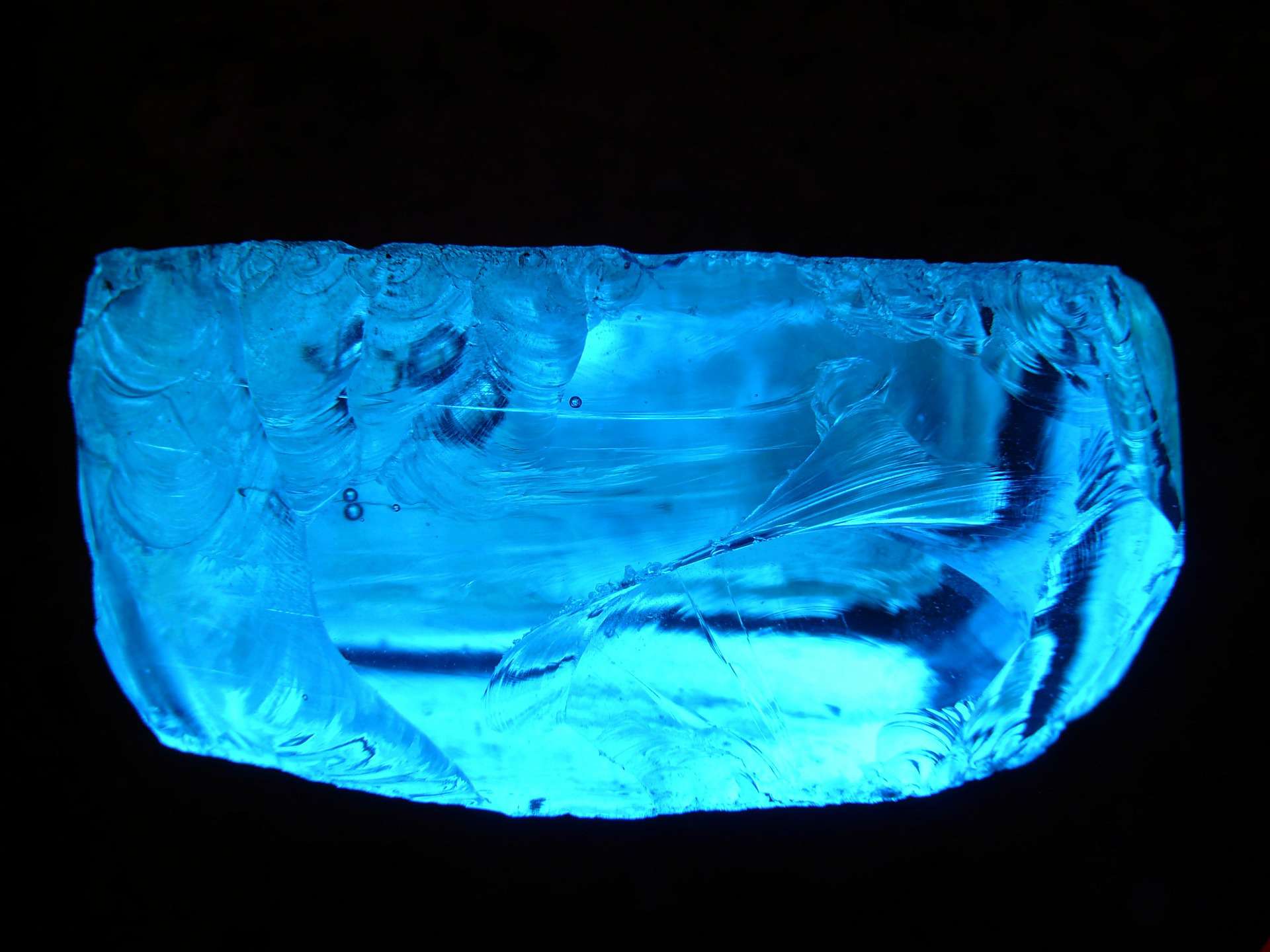The Museum of Geology is located in Rapid City, at the South Dakota School of Mines and Technology, within the beautiful Black Hills. The museum includes rare fossils, mounted skeletons of dinosaurs, and other land and sea creatures, as well as a spectacular collection of minerals.

The South Dakota School of Mines and Technology was founded in 1885. The historic focus of the institute, was on the area’s primary industry of mining. Over the subsequent years, it has evolved into one of the leading sciences and engineering universities in the region.

The geologic and paleontological collections have grown over the years, to an incredible assemblage of over 500,000 individual specimens.
Professor G.E. Bailey of Hill City provided over 5000 mineral and fossil samples, that formed the foundation for the Museum of Geology, which was founded the same year as the school.
Construction of the Old Prep Building also began in 1885, as a place to house the artifacts that were being collected for the museum.
In 1899, Dr. Cleophas C. O’Harra, the Professor of Geology and Mineralogy led the first school sponsored paleontology expedition into the Badlands of South Dakota.
An alligator snout found on the trip became the first specimen curated into the museum paleontology collection.
 In 1903 the Museum of Geology along with the Department of Geology and Mineralogy, moves to the Main Building. In 1923 the Museum of Geology opened to the public, attracting 4,000 visitors. The numbers would double the following year and reach 12,000 in 1925.
In 1903 the Museum of Geology along with the Department of Geology and Mineralogy, moves to the Main Building. In 1923 the Museum of Geology opened to the public, attracting 4,000 visitors. The numbers would double the following year and reach 12,000 in 1925.
Throughout the 1920’s a number of important fossils would be discovered in the field and put on display. This would include a nearly complete alligator sample, a large Xiphactinus (fish) skeleton and a Triceratops skull.
In 1942, the Museum exhibits are relocated to the third floor of the newly completed O’Harra building.
Two important additions to the paleontology collections were the 1945 discovery of a mosasaur fossil made by a schoolboy, and the 1949 detection of plesiosaur remains by a rancher.
The latter half of the 20th century saw an expansion of the museum collections, through further excavations and donations.
Further excavations would include camel skeletons and a tyrannosaurus skull.
A notable donation came from the estate of Harold J. Cook in 1965. A large assortment of books, maps, fossils, minerals, and rocks came into the possession of the museum.
A 1999, donation was made by Dr. Gail Bishop from Georgia Southern University. It contained a large collection of fossil decapods and associated archives.
 A number of large endowments over the years, have helped contribute to the growth and educational purposes of the museum. The Museum of Geology is the hidden jewel of the university. The mission of the institution has been to conserve the rich geological heritage of the state. The museum has collected, researched and organized rare and often unique artifacts.
A number of large endowments over the years, have helped contribute to the growth and educational purposes of the museum. The Museum of Geology is the hidden jewel of the university. The mission of the institution has been to conserve the rich geological heritage of the state. The museum has collected, researched and organized rare and often unique artifacts.
There are extensive exhibits that concentrate on paleontology. These include mounted dinosaurs, mammals, White River Badlands, marine reptiles and fish. The fossils are arranged in time specific dioramas.
Also, on display are mineral collections including the Hall of South Dakota Minerals, meteorites, ores and a particularly popular fluorescent mineral room. Guests are able to learn about minerals, including gems, crystals and the rocks they form.
A Kids’ Zone offers hands on experiences for younger visitors and there are even opportunities for summer field paleo classes.
The James E. Martin Paleontology Research Laboratory is a 33,000 square foot facility, specifically built as a repository for the Museum of Geology collections and archives. The research activities in geology and paleontology conducted here, greatly enhance the mission of the museum to explore the natural history of Earth, through scientific inquiry.
DETAILS
The Museum of Geology
501 East St. Joseph Street
Rapid City, South Dakota 57701
Phone Number (605) 394-2467
Email: museum@sdsmt.edu
Website: museum.sdsmt.edu

Marcello Arrambide considers himself a fanatical entrepreneur. During his younger years, when CD burning software first came out, he burned CD’s and sold them for $5 to $10 a piece, worked at a bakery and took the leftovers to school and sold them to students for breakfast the next morning. He flew to New York City and found a contact in China to have purses and wallets shipped him directly to sell.
He has since tried sales, real estate, software and day trading, where he coaches others to learn and develop their skill in the market. He plans to show everyone how easy living and moving overseas can be on your own terms as long as you have high speed internet and a computer.








